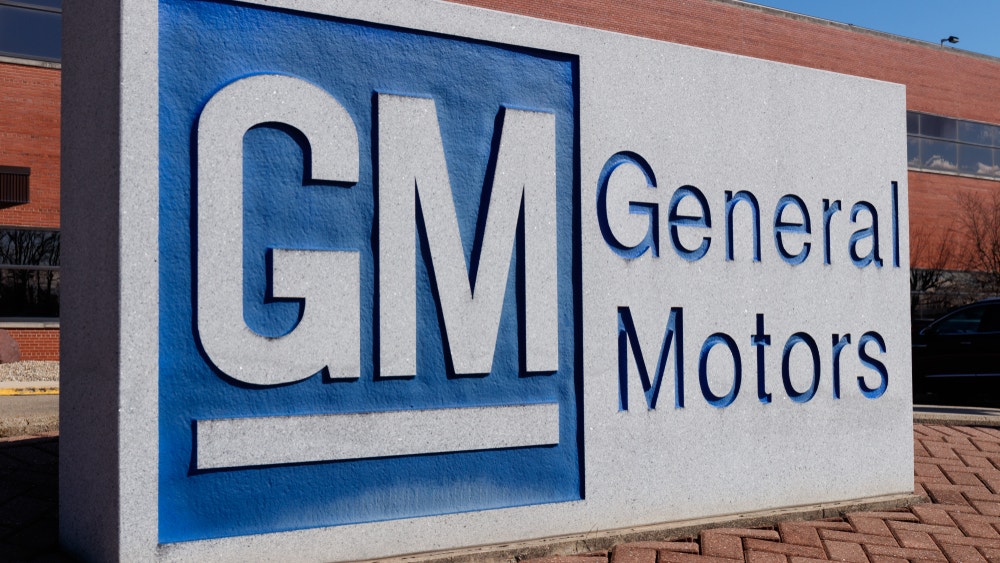Tesla is set to deliver its first electric Semi trucks, capable of hauling a full 40-ton load up to 500 miles per charge, next month. This marks a significant advancement in electrified transport and freight, but it also poses a critical question for the energy infrastructure: Are current highway charging stations and utility grids ready to support such power-intensive vehicles?
- Study Findings: A recent study by National Grid Plc highlights that electrifying even a standard highway gas station will require power levels comparable to a sports stadium by 2030, primarily to support passenger vehicles. For truck stops, the power demands by 2035 could rival that of a small town.
- Implications: The increase in power demands from electric trucks could necessitate large-scale infrastructure investments in high-capacity charging stations, grid upgrades, and renewable energy integration to support the shift toward electric freight transport.
Q3 Financial Performance and Production Highlights
Tesla’s third-quarter performance reflected steady growth in vehicle deliveries and production enhancements, though it slightly missed Wall Street’s delivery expectations, which affected the stock price.
- Delivery Figures: Tesla delivered 462,890 vehicles in Q3, a 6.4% increase from the previous quarter, and above the 435,059 units delivered in the same period last year. However, this fell slightly below Wall Street’s anticipated 463,897 units.
- Gross Margin: Tesla reported a gross margin of 19.8%, higher than the expected 16.8%, highlighting improvements in production efficiency and cost management.
- Production Updates: The refreshed Model 3 showed higher production volumes and a reduction in cost of goods sold. Notably, Cybertruck production saw sequential growth and achieved a positive gross margin for the first time, indicating the model’s manufacturing is reaching stability and profitability.
New Models and Future Projections
Looking forward, Tesla has ambitious plans for expanding its lineup, including more affordable models and next-gen electric vehicles.
- Affordable EV Models: Preparations are underway to launch more affordable models in the first half of 2025, which may increase Tesla’s accessibility to a broader market segment. The long-awaited Model 2, expected to be priced under $30,000, is anticipated to be a game-changer in the EV market, potentially driving volume sales and capturing price-sensitive consumers.
- Growth Projections: Tesla expects “slight growth” in vehicle deliveries for 2024, with CEO Elon Musk projecting potential growth between 20-30%, although he labeled this as an aspirational “best guess.” This cautious optimism reflects a balanced outlook, considering potential macroeconomic headwinds, interest rates, and infrastructure challenges.
Market Reactions and Investor Sentiment
Tesla’s share price dropped around 11% following the unveiling of its Cybercab at the “We, Robot” event, an autonomous robotaxi prototype showcased in early October.
- Cybercab and Market Reactions: While the Cybercab concept is a promising development in Tesla’s autonomous driving portfolio, investors were left seeking more specific details on the technology’s development timeline, testing protocols, and implementation plans. The limited details shared on the Model 2 have similarly left analysts waiting for clearer guidance on Tesla’s strategy in the affordable EV segment.
- Investor Outlook: Despite positive quarterly results, investor sentiment appears mixed due to concerns over delivery expectations, infrastructure hurdles for heavy-duty EVs, and the perceived lack of clear roadmaps for autonomous and affordable vehicle offerings.













